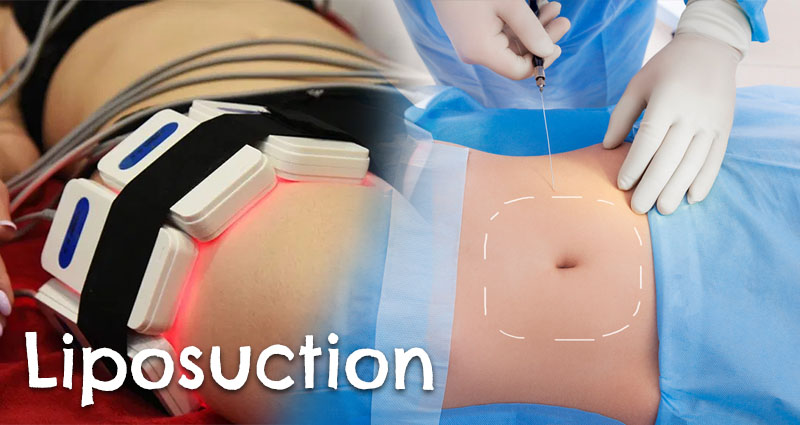Liposuction without surgery. The whole truth about laser lipolysis
Until recently, the best-known procedure that could rid a person of excess subcutaneous fat was liposuction, a process in which fat deposits were removed mechanically. Liposuction uses an invasive instrument and vacuum suction to remove the fatty substance from the body. Thanks to innovative developments, however, the range of cosmetology clinics has been enriched by various laser technologies, which enable minimal trauma to the patient’s skin, while at the same time maintaining a long-lasting effect.
Lipolysis refers to methods of correction of the body and face that do not require surgery and general anesthesia. The lipolysis process itself is characterized by the initiation of a set of cellular reactions that contribute to the removal of triglycerides from the cell, with their subsequent removal from the body naturally. Exposure can be mechanical, ultrasound, cold, but laser lipolysis is considered the most advanced and effective. In addition to eliminating subcutaneous fat through … Read more








